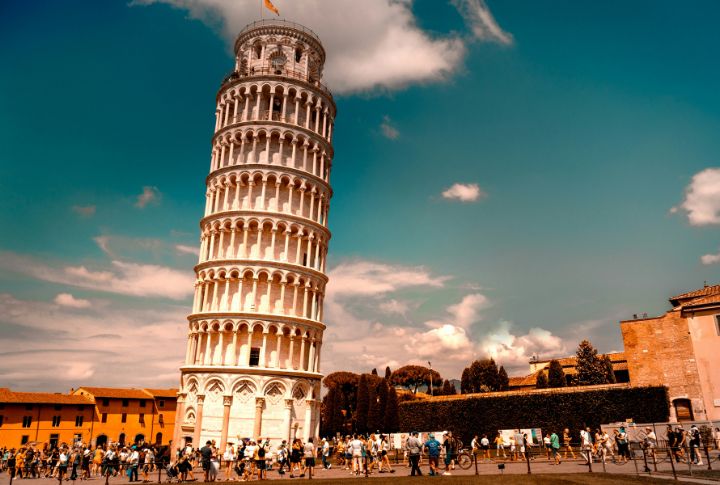
Construction has always struck a balance between innovation and risk. Throughout history, inevitable tragedies have exposed deep flaws in design and execution. These disasters not only claimed lives but also forced the industry to evolve. Each one left behind a blueprint of lessons the world couldn’t afford to ignore. Let’s have a look at them.
Leaning Tower Of Pisa, Italy
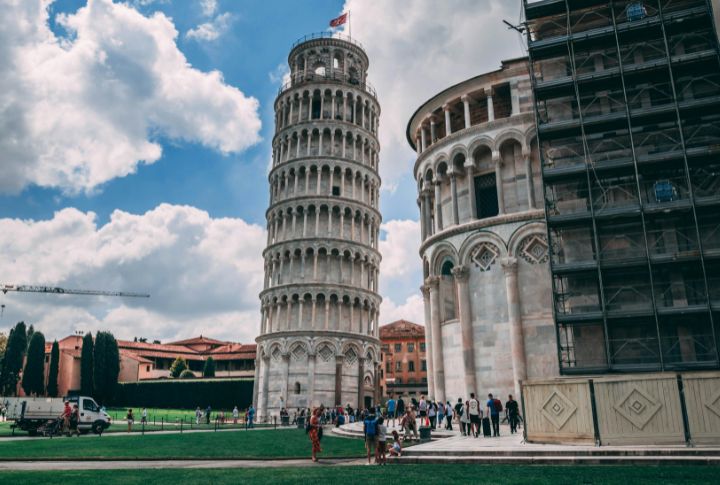
The Leaning Tower of Pisa began tilting in 1178 due to soft subsoil. Stabilization efforts, lasting about ten years, prevented its failure. At one point, it even faced permanent closure because of safety concerns. Today, however, the tower safely leans at a 4-degree angle, preserved by careful engineering.
Tacoma Narrows Bridge, United States
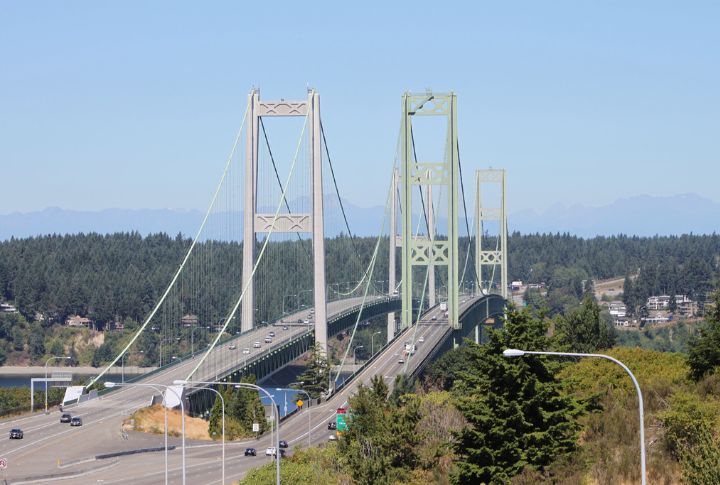
Opened in July 1940, the Tacoma Narrows Bridge collapsed just four months later due to wind-induced vibrations, which were then poorly understood. The dramatic incident, caught on film, became iconic in engineering education. It led to significant advances in suspension bridge design.
Hyatt Regency Walkway, United States
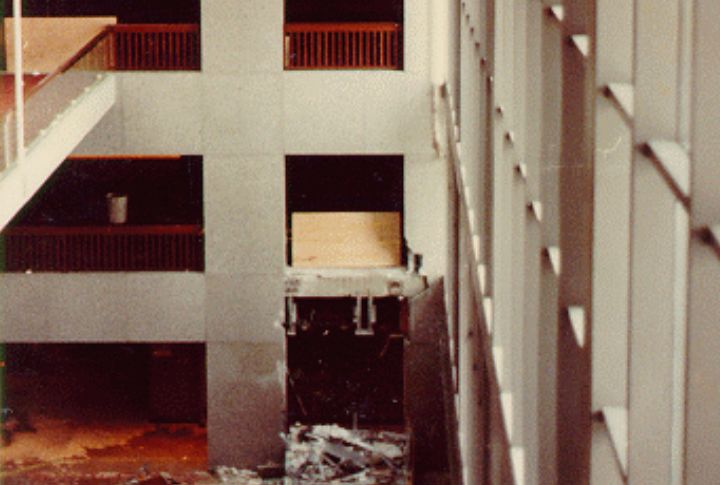
In 1981, a tragic development defect at the Hyatt Regency Walkway in Kansas City claimed 114 lives. A flawed layout change had doubled the load on support rods, causing the catastrophe. This accident led to significant changes in engineering ethics.
Lotus Riverside Apartment, China
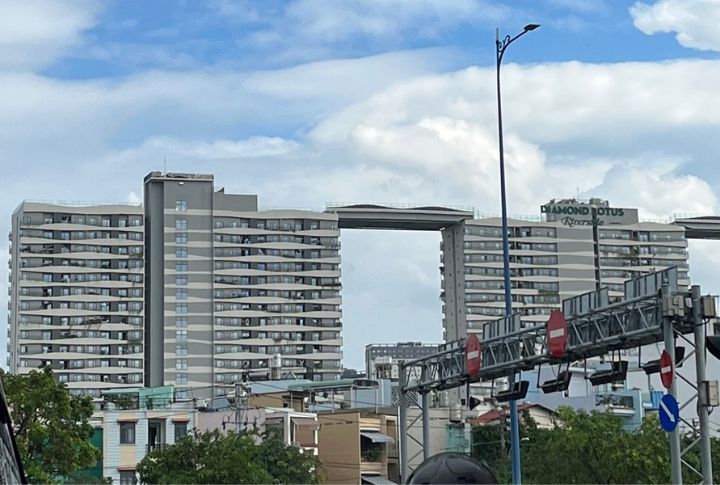
A shocking collapse highlighted engineering flaws when the Lotus Riverside Apartment in Shanghai toppled intact during development. Poor soil management and unreinforced foundations near a river led to the 13-story building’s fall.
Citicorp Center, United States
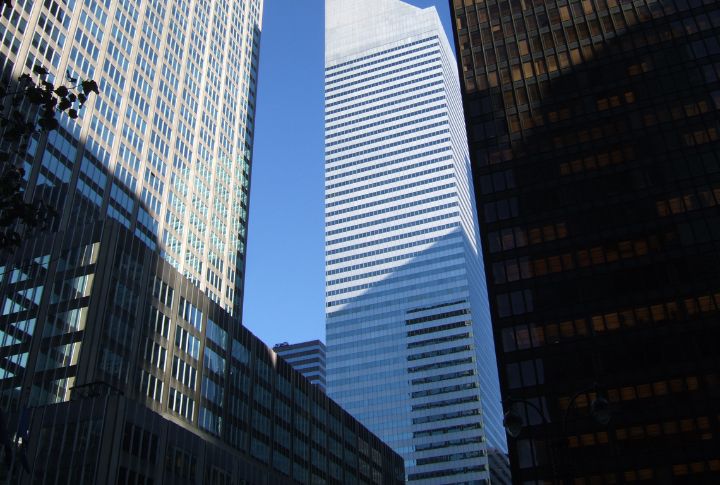
Now a landmark in infrastructure ethics, the Citicorp Center in Manhattan nearly faced disaster due to a design oversight. An observant student discovered a critical flaw in its bolted joints after completion, prompting secret overnight welding to prevent a fall.
Big Dig Tunnel, United States
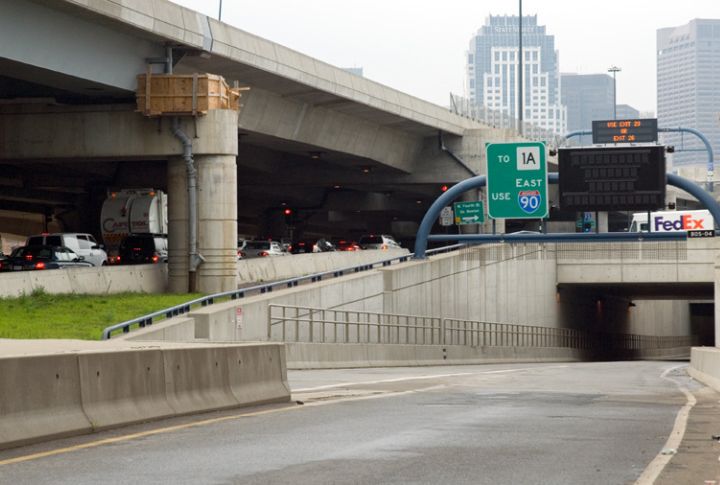
The tunnel ceiling collapsed in Boston’s Big Dig project in 2006, tragically killing one person. Defective epoxy bolts were found to be the cause of the failure. The incident prompted federal audits of the tunnel’s architectural systems.
Sampoong Department Store, South Korea
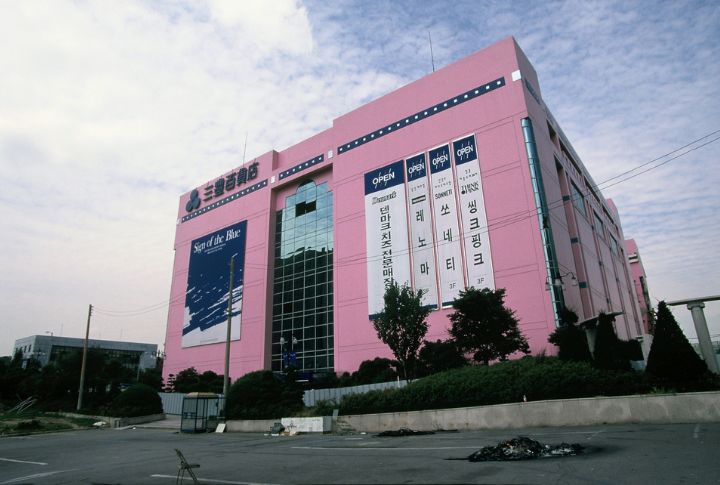
The Sampoong Department Store collapsed in 1995 in Seoul, killing 502 people. This disaster resulted from illegally relocated columns during a redesign. Despite visible cracks, management ignored warnings days before the collapse. The tragedy prompted major reforms in South Korea’s construction regulations.
Quebec Bridge, Canada
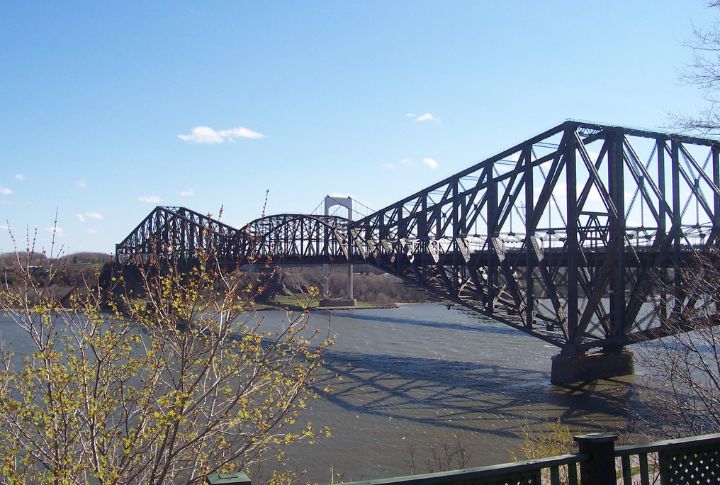
The unfortunate history of the Quebec Bridge includes two collapses, first in 1907 and again in 1916, resulting in the loss of 88 lives. Technical miscalculations and the oversight of stress warnings caused the Quebec Bridge failures.
Ronan Point, United Kingdom
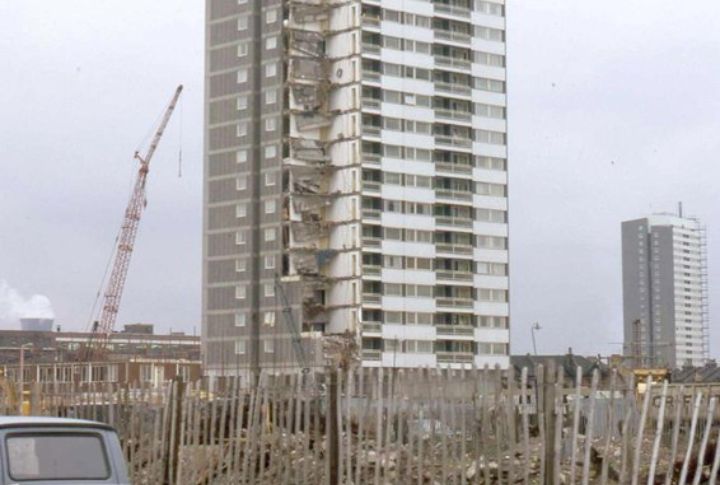
A gas explosion tore through Ronan Point, a London tower block, causing its floors to pancake due to weak prefabricated construction. The 1968 debacle led to significant reforms in UK building codes. It also spurred a global reevaluation of tower block stability, especially for large panel system buildings.
Willow Island Cooling Tower, United States

In 1978, a tragic collapse at the Willow Island Cooling Tower in West Virginia killed 51 workers. The disaster occurred when scaffolding and forms failed during the building process. The concrete hadn’t fully cured before new layers were added. This catastrophe led to significant changes in safety regulations for tower construction across the United States.
